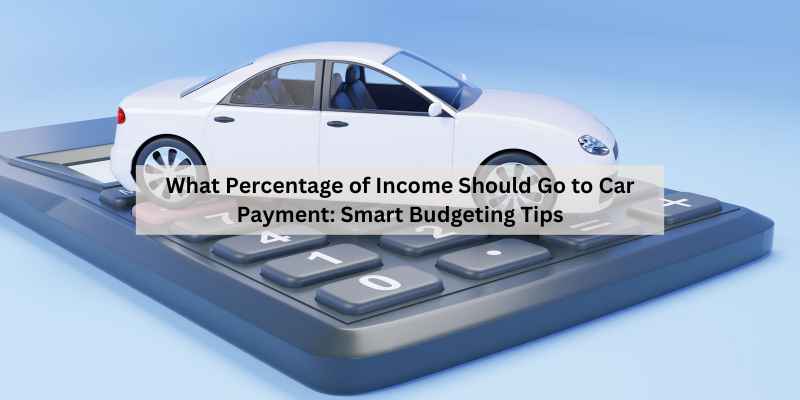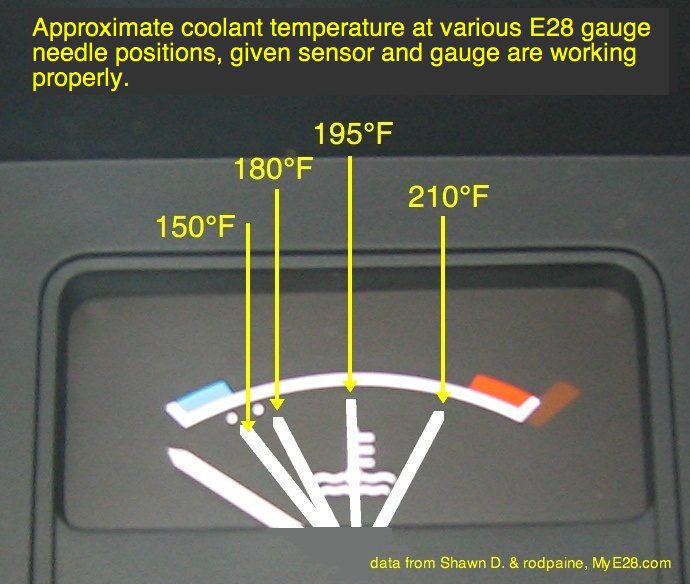What Percentage of Income Should Go to Car Payment: Smart Budgeting Tips
Financial experts recommend that no more than 15% of your monthly income should go toward car payments. This percentage helps maintain a balanced budget and prevents financial strain.
Choosing the right percentage of your income for a car payment can significantly impact your financial health. A car is often a necessary purchase, but it’s crucial to ensure that the payment fits comfortably within your budget. Spending too much on a car can limit your ability to save, invest, or cover essential expenses.
By adhering to a budget guideline of 15%, you can enjoy your vehicle without compromising your financial stability. This approach fosters responsible spending habits and prepares you for future financial obligations. Balancing your car payment with other expenses is essential for long-term financial success.
Assessing Your Financial Health
To evaluate your monthly income, first calculate your total earnings. Include all sources of income, like salary and side jobs.
Next, consider your fixed expenses. These are costs that stay the same each month, such as rent and insurance.
Then, look at your variable expenses. These costs can change, like groceries and entertainment.
Understanding these expenses helps you see how much money is left for a car payment. Aim for a car payment that is no more than 15% of your monthly income. This keeps your budget balanced.
The 20/4/10 Rule Explained
The 20/4/10 Rule helps you manage your car payment wisely. This rule suggests spending 20% of your income on a car. Four years is the maximum loan term. Monthly payments should not exceed 10% of your income.
Breaking down the rule makes budgeting easier. Calculate your monthly income first. Then, find 10% of that amount. This is your maximum car payment. Next, consider the down payment. Aim for at least 20% of the car’s price. Finally, choose a loan that lasts four years or less.
Applying this rule helps you save money. It prevents overextending your budget. Keeping payments low reduces stress. Stick to this rule for a healthier financial future.
Determining Your Car Budget
Calculating your car budget involves several factors. First, consider the total car costs. This includes the car price, taxes, and registration fees. Don’t forget about insurance premiums and maintenance costs.
Next, think about your monthly income. A common rule is to spend no more than 15% of your income on car payments. This keeps your finances healthy. Adjust this percentage based on your personal circumstances. If you have other debts, consider lowering the percentage.
| Car Cost Factor | Percentage of Income |
|---|---|
| Total Car Payment | 15% |
| Insurance | 5% |
| Maintenance | 3% |
Factors Influencing Car Payment Allocation
Several factors affect how much of your income should go to your car payment. Credit score plays a big role. A higher credit score usually means lower interest rates. This can lead to smaller monthly payments.
Loan terms also matter. A longer loan term can lower monthly payments. However, it may increase the total interest paid over time. Shorter loan terms often mean higher payments but less interest.
| Factor | Impact |
|---|---|
| Credit Score | Higher scores lead to lower rates. |
| Loan Terms | Longer terms mean lower payments but more interest. |
Alternatives To Traditional Car Financing
Leasing a car allows lower monthly payments</strong compared to buying. It often includes maintenance and warranty. This option works well for those who like driving new cars.
Buying a car means ownership. Monthly payments may be higher, but the car is yours at the end. This option is better for long-term use.
Car subscription services offer flexibility. You can switch vehicles easily without a long-term commitment. Monthly fees often cover insurance and maintenance.
Consider your budget and lifestyle. Each option has its pros and cons. Choose what fits your needs best.
Strategies To Reduce Car Expenses
Opting for used vehicles can save a lot of money. They often cost less than new ones. Used cars usually have lower insurance rates too. This makes them a smart choice for budget-conscious buyers.
Negotiation is key for lower payments. Start by researching the market value of the car. This helps in making informed offers. Be ready to walk away if the deal is not right. Sellers may lower prices if they see you are serious.
Consider financing options. Look for zero-interest loans or special offers. These can help in lowering overall costs. Always read the fine print before signing anything.
Managing Other Debts And Savings Goals
Balancing car payments with debt reduction is essential for financial health. Aim to keep car payments under 15% of your monthly income. This allows room for other debts. Focus on reducing high-interest debts first.
Prioritizing savings and emergency funds is crucial. Set aside at least 10% of your income for savings. An emergency fund should cover 3 to 6 months of living expenses. This provides security if unexpected costs arise.
By managing car payments wisely, you can achieve a stable financial future. Regularly review your budget to ensure you stay on track.
Tools And Resources For Budgeting
Many people use budgeting apps and calculators to manage their finances. These tools help track income and expenses easily. Popular apps include Mint, YNAB, and EveryDollar. They offer features to set goals and monitor spending. Calculators can show how much to spend on car payments.
Financial planning advice is crucial for smart spending. Look for online resources and guides that explain budgeting. Many websites provide tips for saving money. Joining financial forums can also help. Users share their experiences and advice about budgeting.
Frequently Asked Questions
What Is A Good Percentage For Car Payments?
A good percentage for car payments is typically around 15% of your monthly income. This percentage ensures you can manage other expenses comfortably. It balances affordability with the need for reliable transportation. Always consider your overall financial situation before committing to a car loan.
How To Calculate Car Payment Affordability?
To calculate car payment affordability, first determine your monthly income. Then, multiply it by 15% to find your ideal payment amount. Consider other financial obligations and expenses, too. This method helps you avoid overextending your budget while ensuring you have reliable transportation.
What Factors Affect Car Payment Percentage?
Several factors affect car payment percentage, including income, credit score, and loan term. A higher income allows for larger payments. A good credit score can lower interest rates. Additionally, longer loan terms might reduce monthly payments but increase overall interest.
Should I Include Insurance In My Budget?
Yes, you should include insurance in your budget. Car insurance is an essential expense and can significantly impact your monthly costs. It’s important to factor this into your total vehicle expenses. This way, you ensure a complete understanding of your financial commitment.
Conclusion
Understanding the right percentage of income to allocate for car payments is crucial for financial health. Aim for 15% or less of your monthly income to maintain balance. This approach ensures you can cover other expenses without strain. Making informed decisions today leads to a more secure financial future.







